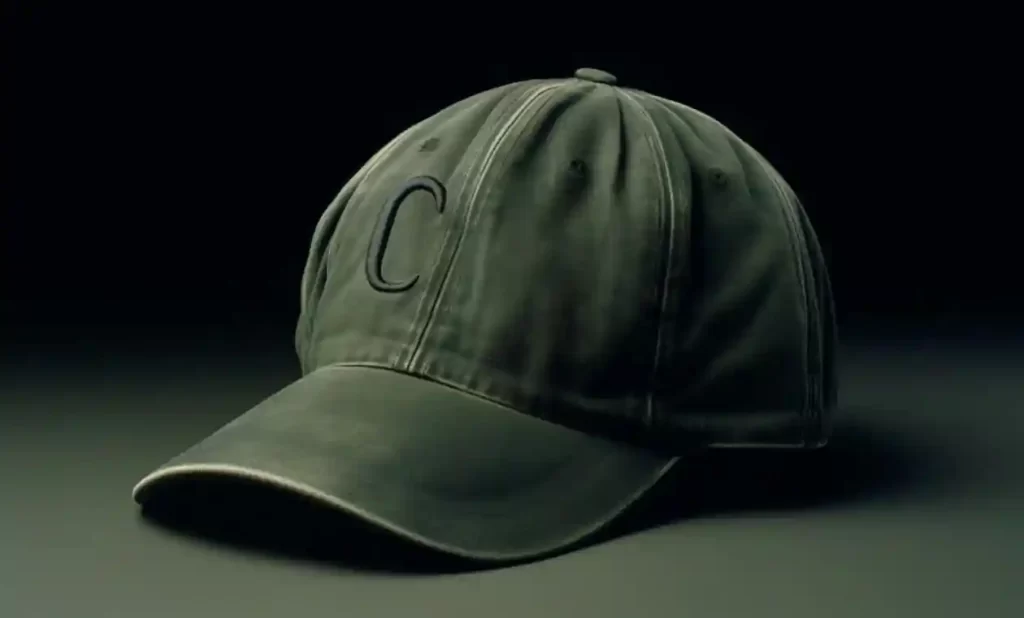
In the world of sports memorabilia, baseball cards stand as timeless treasures. These small collectibles, crafted from materials like cardboard, silk, or plastic, showcase the essence of America’s favorite pastime. Let’s embark on a journey to unravel the definition, history, and evolving significance of these iconic cards.
Baseball cards, in essence, are trading cards that immortalize the players, teams, stadiums, and even celebrities associated with the sport of baseball. Traditionally printed on materials like cardboard or silk, these cards have become more than just collectibles; they embody the spirit of the game and its storied history.
Origins in the 19th Century: The roots of baseball cards trace back to the 19th century when they served as promotional inserts in cigarette and candy packages. Fast forward to the early 20th century, and the baseball card phenomenon soared in popularity, particularly with gum companies like Topps producing them.
From Simple Collectibles to Valuable Investments: Over time, these humble cards transformed from simple collectibles into valuable investments. Some rare cards now command millions of dollars, turning a childhood hobby into a serious endeavor for enthusiasts and investors alike.
As we delve deeper into the world of baseball cards, this journey promises to uncover their various types, the art of collecting, and the intriguing stories they hold.
Also Read: Understanding Baseball Errors
Types of Baseball Cards
As we navigate through the fascinating realm of baseball cards, it becomes evident that these small pieces of history come in various forms, each telling a unique story. Let’s break down the main types:
Base Cards: Player Images and Statistics
Capturing the Essence: Base cards are the foundation of any baseball card collection. They feature the standard player images and key statistics, providing a snapshot of a player’s career at a particular moment. These cards serve as the backbone, often forming the starting point for many collectors.
Insert Cards: Rare and Valuable, Featuring Special Designs
Unveiling Rarity: Insert cards add an element of excitement to the collection. They are more than just player portraits; these cards are rare gems featuring special designs, autographs, or even pieces of memorabilia. Collectors eagerly seek out these unique additions, making them valuable treasures within the baseball card universe.
Vintage Cards: Valuable Due to Age and Scarcity
Stepping Back in Time: Vintage cards transport collectors to the early days of baseball. These cards, often from bygone eras, hold immense value due to their age and scarcity. The nostalgia attached to vintage cards makes them highly sought after, connecting today’s enthusiasts with the rich history of the sport.
Rookie Cards: Featuring Players in Their First MLB Year
The Beginning of Legacies: Rookie cards mark the initiation of a player’s journey in Major League Baseball. Collectors cherish these cards as they capture the budding careers of future legends. The value of rookie cards can skyrocket if the featured player goes on to achieve greatness in the sport.
As we delve into the specifics of each type, the world of baseball cards unfolds, offering enthusiasts a diverse range of collectibles to explore and appreciate. Stay tuned as we venture further into the nuances of collecting and understanding the value of these iconic cards.
Collecting and Value
As we immerse ourselves in the world of baseball cards, it becomes apparent that collecting goes beyond mere possession—it’s a journey filled with nostalgia, value assessments, and broader significance.

Reasons for Collecting
Nostalgia: One of the primary drivers behind baseball card collecting is nostalgia. For many enthusiasts, these cards are a portal to the past, a tangible connection to childhood memories spent watching games and idolizing favorite players. The crackling excitement of opening a fresh pack transcends time.
Player Portraits: Beyond nostalgia, the allure of player portraits is undeniable. Baseball cards freeze-frame athletes in iconic poses, capturing their essence in a way that resonates with fans. These portraits become cherished mementos, immortalizing the players at the peak of their careers.
Historical Significance: Baseball cards also carry historical weight. They document the evolution of the sport, featuring players, teams, and moments that have shaped baseball’s rich narrative. Collecting becomes a journey through time, allowing enthusiasts to hold pieces of history in their hands.
Factors Influencing Card Value
Player Popularity: The value of a baseball card often hinges on the popularity of the featured player. Icons of the game, record-breakers, and fan favorites command higher prices in the market.
Rarity: Rare cards are the crown jewels of any collection. Limited editions, misprints, or unique inserts contribute to the rarity factor, making certain cards highly sought after by collectors.
Age and Condition: Like fine wine, some cards appreciate with age. Vintage cards, if well-preserved, can escalate in value. Additionally, the condition of the card—free from bends, stains, or discoloration—plays a crucial role in determining its worth.
Significance Beyond Collecting
Trading Card Games: Baseball cards have transcended their role as mere collectibles. They’ve become a medium for gaming, with enthusiasts engaging in trading card games that bring an interactive element to the hobby.
Educational Tools: Beyond recreation, baseball cards serve as educational tools. They teach the history and statistics of the sport, making them valuable resources for both seasoned fans and newcomers.
Investment: For those with a keen eye on market trends, baseball cards can be more than a hobby—they’re an investment. Understanding the market, predicting player breakthroughs, and acquiring rare cards can yield substantial returns over time.
As we unravel the layers of collecting and delve into the intricate factors shaping the value of baseball cards, it’s evident that these small pieces of cardboard hold a significance that goes far beyond their tangible form. Stay with us as we explore where to find these treasures and how to navigate the diverse landscape of baseball card commerce.
Also Read: Ryne Nelson Baseball Career
Where to Buy Baseball Cards
The thrill of adding a new baseball card to your collection often starts with the quest for the perfect source. From large chain stores to hidden gems at flea markets, let’s explore the diverse avenues where enthusiasts can uncover these coveted treasures.
Large Chain Stores: Walmart, Target, Kmart, Toys R Us
Accessible Variety: Major retail chains serve as accessible hubs for baseball card enthusiasts. Walmart, Target, Kmart, and Toys R Us offer a wide variety of cards, including packs, boxes, and individual cards. While they excel in current releases, the selection of older cards may be somewhat limited.
Sporting Goods Stores: Dick’s Sporting Goods, Sports Authority
Sports Meets Collectibles: Sporting goods stores like Dick’s Sporting Goods and Sports Authority extend their offerings beyond equipment. Here, collectors can find a diverse array of baseball cards, ranging from current releases to some older gems.

Hobby Shops, Online Retailers: Topps, Beckett Media, eBay, Amazon
Specialized Treasures: For those seeking a more specialized experience, hobby shops are a haven. Shops like Topps and Beckett Media offer a broad spectrum of baseball cards, including vintage, rare, and autographed options. Online giants eBay and Amazon also provide a virtual marketplace for collectors to explore and purchase cards from various sellers.
Other Options: Card Shows, Garage Sales, Flea Markets
Hidden Gems: The hunt for baseball cards doesn’t end with mainstream stores. Card shows, garage sales, and flea markets often harbor hidden gems waiting to be discovered. These unconventional sources might yield rare finds and unexpected bargains for the avid collector.
As we navigate through these diverse options, it’s important to consider factors like price, selection, and the proximity of the store to make the collecting journey not just rewarding but also enjoyable.
Also Read: Unforgettable Moments: Mexico vs. Puerto Rico in Baseball History
In Crux
As we reach the final leg of our exploration into the captivating world of baseball cards, it’s time to recap the key points that have unfolded throughout this journey. From the definition and history to the diverse types, collecting nuances, and avenues for acquisition, we’ve unraveled the layers that make baseball cards more than just collectibles.
Baseball cards, in essence, encapsulate more than just statistics on cardboard; they embody the nostalgia of the game, the artistry in their designs, and the thrill of collecting. The diverse aspects—from the sentimental connection to the potential investment—form a rich tapestry that connects collectors across generations.
Thank you for joining us on this journey, and may your baseball card collection be filled with timeless treasures and cherished memories.

Meet Daniel Anderson, the heart and soul behind Baseball Pro Picks. At 49, Daniel’s life has revolved around baseball, a passion that’s as strong today as it was when he first fell in love with the game. Living in the USA, Daniel has dedicated countless hours to watching, analyzing, and understanding every pitch, hit, and home run, making almost no game missed. His deep-rooted love for the sport is matched only by his commitment to sharing insightful, expert analysis with fellow baseball enthusiasts. With decades of experience and a keen eye for the game’s nuances, Daniel brings a unique perspective that enriches Baseball Pro Picks. Trust Daniel to guide you through the intricacies of baseball with the authority and trustworthiness of a true aficionado.












